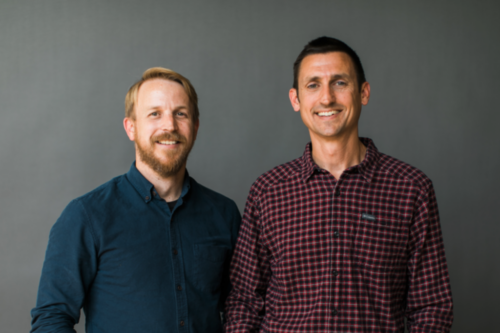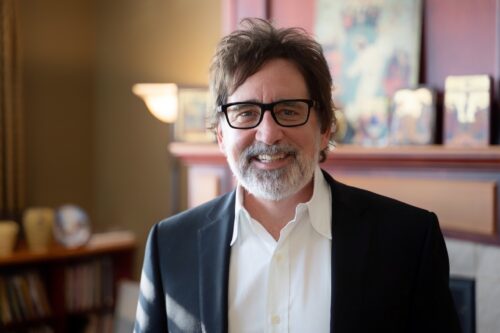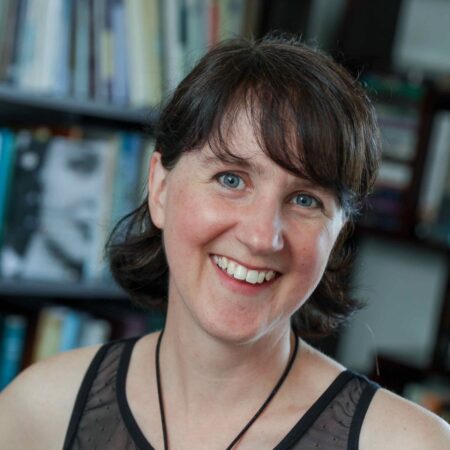This is the second of a three-part series about Josef Pieper’s Only the Lover Sings: Art and Contemplation. You can find last week’s episode here.
The central section of Only the Lover Sings is a short essay, “Learning to See Again,” that Josef Pieper wrote for the catalogue of an art exhibit in 1952. Our ability to see is in decline, Pieper writes. And by seeing he means “the spiritual capacity to perceive the visible reality as it truly is.”
This vision is “spiritual,” and yet Pieper isn’t talking here about anything so mystical as the ability to see that which is invisible to the human eye—at least not directly. He’s talking about visible reality. To perceive reality is a spiritual act; this is no less true for visible realities than for invisible realities.
Earlier this year I wrote about the “habit of art,” a phrase that Flannery O’Connor borrowed from Jacques Maritain. The habit of art, O’Connor wrote, “is a way of looking at the created world and of using the senses so as to make them find as much meaning as possible in things.” Pay attention to that word “senses.” O’Connor, like Pieper, is talking about the ways we take in the concrete world in which we live and move and have our being (a world that we receive through our five senses). Because that world is the artifact of the invisible Creator, there’s no reason to make too hard a distinction between realities that are visible realities and those that are invisible.
“To be sure,” writes Pieper, “no human being has ever really seen everything that lies visibly before his eyes. The world, including its tangible side, is unfathomable.” But we can see more or we can see less. “Going below a certain bottom line of perception quite obviously will endanger the integrity of a man as a spiritual being.” Perhaps this isn’t quite obvious, but Pieper’s point, I think, is that beings not created in the image of God can’t take in a whole lot of the world. A lion is better than spotting gazelles than you can ever be. But once it spots a gazelle, the lion cannot see that the gazelle is beautiful; he can only see that it is delicious.
Pieper wrote this essay while on board a ship returning to Europe from New York. He was surrounded by other Europeans who had traveled to see Canada and the United States “with their own eyes.” But even after making the trip, Pieper’s shipmates hadn’t really seen America for themselves. “During the various conversations on deck and at the dinner table I am always amazed at hearing almost without exception rather generalized statements and pronouncements that are plainly the common fare of travel guides.” I feel bad for Pieper’s interlocutors, who no doubt thought they were just making conversation. Still, it’s easy to let the books and the experts do your seeing for you: they saw what they were supposed to see, but they neglected to see what was right in front of them. When I went to Italy, there was a strong temptation to go only where Rick Steves’ Italy guide told me to go, and to see only what Rick Steves’ Italy guide told me I was going to see. And I can’t bring myself to buy art to hang on my walls for fear that I’m going to find out later that the painting I like turns out to be insufficiently sophisticated.
This decline in our ability to see, Pieper suggested was due in large part to the fact that there was just too much to see in the post-war, mass-market West.
The restoration of man’s inner eyes can hardly be expected in this day and age—unless, first of all, one were willing and determined simply to exclude from one’s realm of life all those inane and contrived but titillating illusions incessantly generated by the entertainment industry.
His list of titillating illusions consisted of movies, tabloid newspapers, and television (how many channels were there in 1952? three? four?). If Pieper had seen the Internet, I suppose his hair would have caught on fire.
Hopefully it is starting to become clear what Pieper means when he suggests that even seeing the visible world is a “spiritual capacity.” The ability to see with your own eyes is an essential component of your humanity. To receive the world through your senses, into your mind and heart—to think about it, care about it, make connections, make things—all that is to think God’s thoughts after him. The world, after all, was God’s idea before it was ever a world. When we allow others (or, increasingly, machines) to do our seeing for us, to tell us what we’re seeing, what we’re supposed to see, we are forfeiting some part of our humanity, our dignity, our freedom.
To quote Pieper again,
Only through seeing, indeed through seeing with our own eyes, is our inner autonomy establisehd. Those no longer able to see reality with their own eyes are equally unable to hear correctly. It is specifically the man thus impoverished who inevitably falls prey to the demagogical spells of any powers that be. “Inevitably,” because such a person is utterly deprived even of the potential to keep a critical distance.
I would add one important caveat here. The kind of “autonomy” at issue is not the freedom to believe whatever you find convenient to believe—to treat a thing as true because you believe it would serve your purposes if it were true. Nor is it that maddening tendency to go find “facts” that prop up your preferred version of reality, and call it “doing your own research.” This autonomy is the freedom to come to terms with a Reality that none of us made—which, I realize, is very much out of touch with the spirit of the age.
So…living a life less saturated with mass media is a step toward learning how to see again, but, according to Pieper, that kind of fasting and abstinence is “no more than the removal, say, of a roadblock.” If you really want to learn to see, Pieper suggests, you need to be involved in artistic creation.
Nobody has to observ and study the visible mystery of a human face more than the one who sets out to sculpt it in a tangible medium. And this holds true not only for a manually formed image. The verbal “image” as well can thrive only when it springs from a higher level of visual perception…
The mere attempt, therefore, to create an artistic form compels the artists to take a fresh look at the visible reality; it requires authentic and personal observation. Long before a creation is finished, the artist has gained for himself another and more intimate achievement: a deeper and more receptive vision, a more intense awareness, a sharper and more discerning understanding, a more patient openness for all things quiet and inconspicuous, an eye for the things previously overlooked.
When you learn to see that way, with that intimate, receptive, patient openness to the quiet and inconspicuous, you will help others see that way. That’s a humanizing vision, a vision that invites us to participate more fully in the image of God.
Next week: Memory and the Muses








